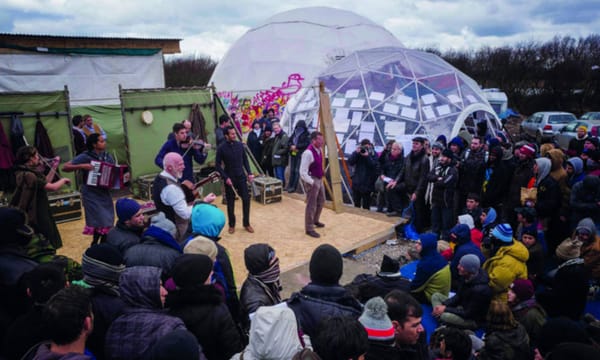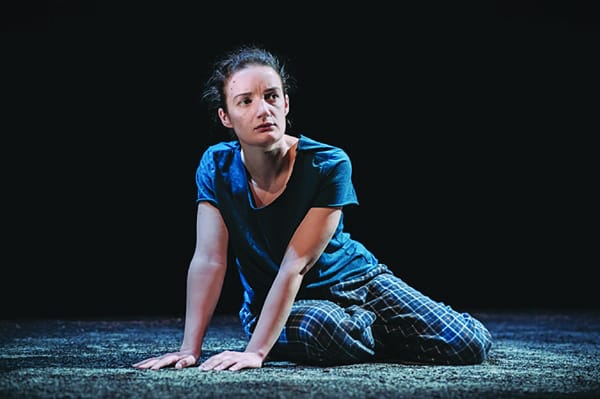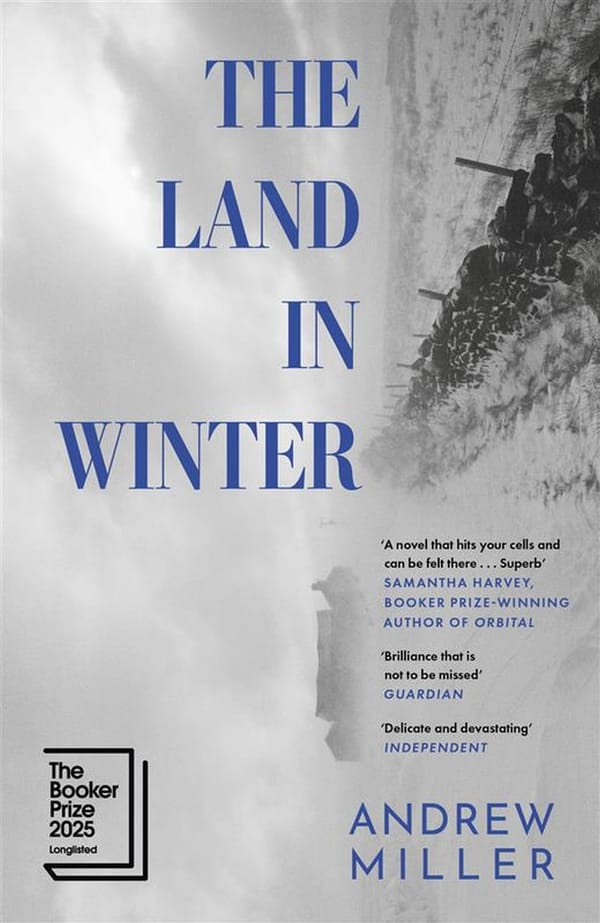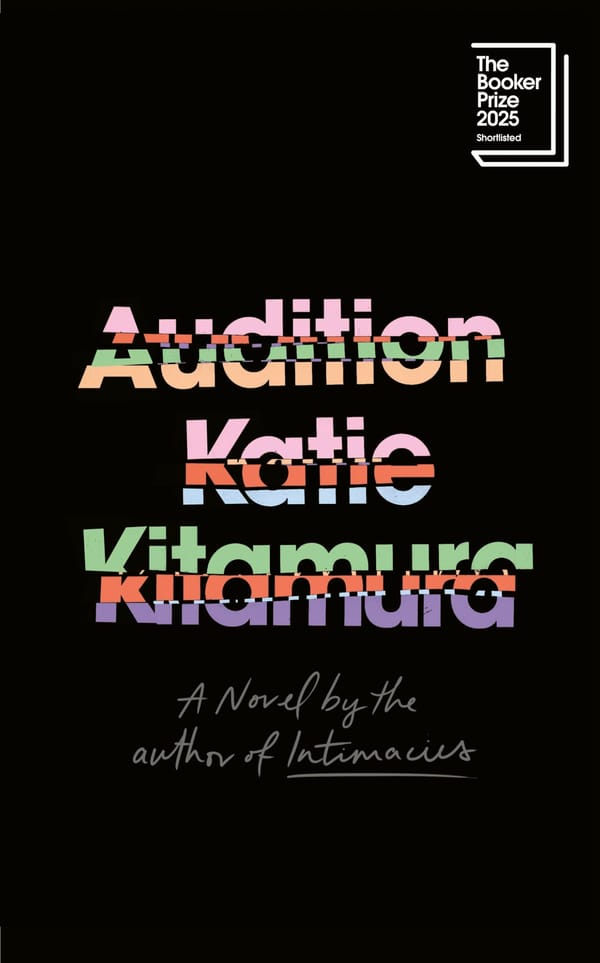The Empire's artistic legacy through the years
Tate's exhibition on Art and the Empire more of the same.
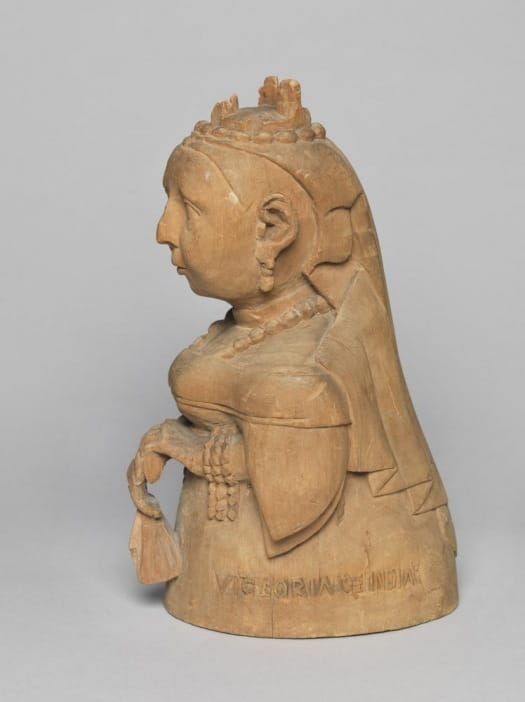
The power of Empire has been increasingly on my mind since moving to London; wandering around this beautiful city I can’t help but wonder how many of the buildings were funded by the spoils of Empire, and how much of that money was acquired at the expense of others. I was intrigued, therefore,when I heard about the Artist and Empire exhibition at the Tate Britain, which promised a view of Empire through a new lens: that of the artist.
The exhibition starts with a room of maps, cataloging the extent of the Empire. Whilst these aren’t hugely visually stimulating, they do act as a good reminder of just how large the Empire was. I started to wonder how these neat lines looked in the real world- were these lands really controlled by the British in practice, or just in name?
Moving through the ‘trophies of Empire’ – mainly cataloging the natural riches and species that were recorded throughout the Empire, and into ‘Imperial Heroics’ (propaganda paintings and photographs, for the most part showing the heroic British defeating the various ‘savages’) the display felt very same-y. This was the side of Empire I have been confronted with as I have grown up – British heroics, with an uncomfortable muttered aside that it really wasn’t very good of us really.
It was in the fifth room, where there were faces of Empire, where a new story started to be told. Faces always bring history to life for me, and the various photographs and paintings of the subjects of Empire – painted either with their permission or under imprisonment – that it hit me just how varied the Empire’s inhabitants were, and what many different stories they must have had to tell. What on earth did they think of these pompous white intruders? Were there genuine friendships or just hardships? And how much must the British soldiers have sweated in all their finery!
A collection of Nigerian wood carvings stood out for me. Whilst we are used to see African wood carvings of Africans, these were of Brits, and a couple were of Queen Victoria herself. They were wonderfully accurate and characterful, and a slightly strange but rather lovely crossing of cultures.
The final two rooms looked at the legacy of the Empire in more modern art, and it was these that I found most interesting. A pair of etchings by Tony Phillips reflected on the Benin bronzes and their history, with the left hand panel showing their seizure during the ‘punitive expedition’, and the right hand panel reworked to show the object under the ‘Western gaze’ in a gallery.
As a whole I feel this exhibition, while interesting, slightly failed to live up to expectations. Imperial splendour from the British point of view is seen in galleries all over the UK; the curators could have placed more emphasis on the less seen art produced under Empire rule in the colonies, and those produced since the end of Empire reflecting on its impacts.



